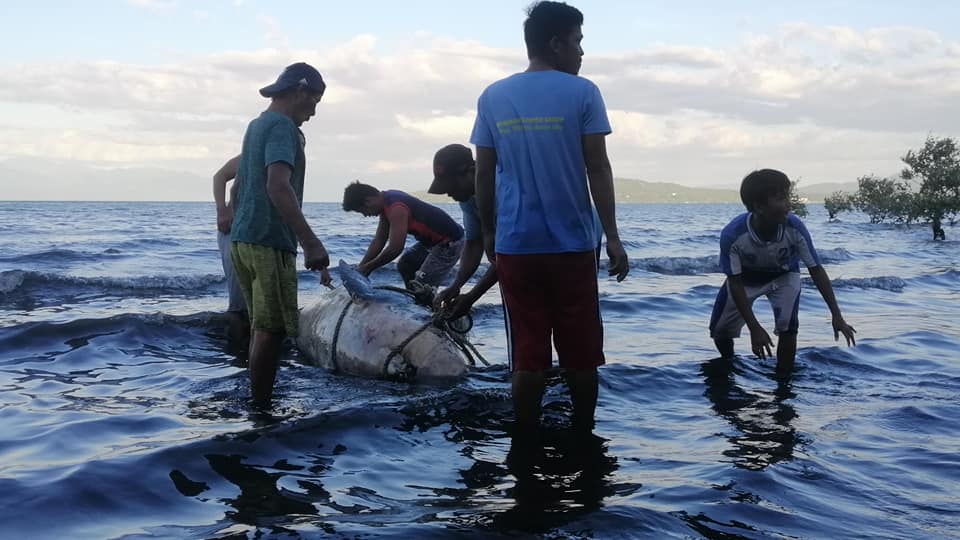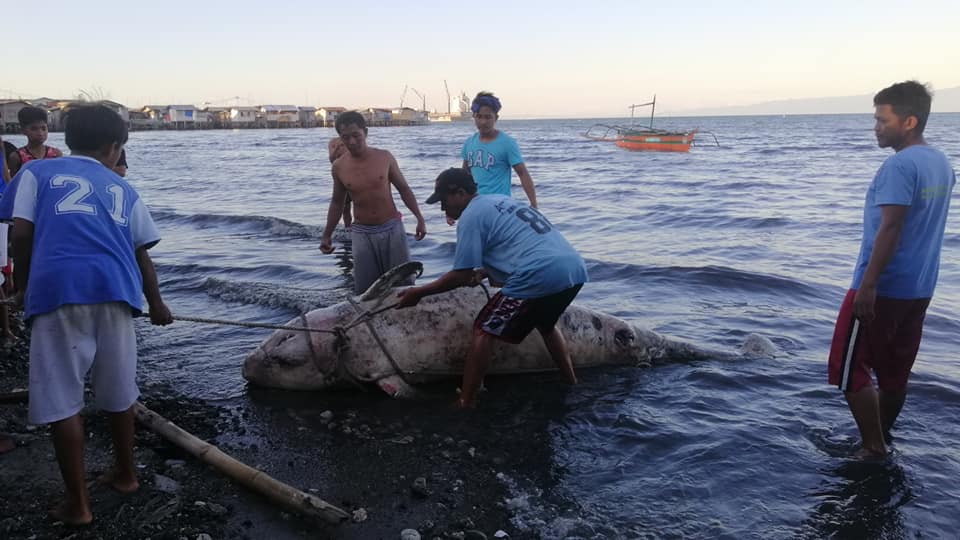On a Sunday morning in Barangay Bucana, Bunawan in Davao City, another whale has been found dead on the shore last March 31.
Residents in the area helped each other to recover the whale carcass and load it for autopsy, along with the personnel from the Bureau of Fisheries and Aquatic Resources (BFAR).

Darrel Blatchley, marine mammal expert and curator at D’Bone Collector Museum Inc., also came to the site and observed the whale.
“One fishing hook and line, but nothing inside the stomach so possible dynamite fishing casualty,” he stated in their Facebook page.

In June 15, 2018, a New York Times reporter wrote about dynamite fishing in Bohol, Philippines. The fishermen launched a bottle bomb into the sea, which quickly exploded, fished dead on the surface, each of them taking in their last breaths. Not to mentions, the corals underneath were shattered.
Not only does dynamite fishing harm the fishes, it also deteriorates the last of the healthy corals underneath. In a survey published in the Philippine Journal of Science, about 90 percent of coral reefs were classified as either poor or fair in condition.

If this illegal act continue, several marine researchers warned about the dramatic decline of fish populations in the coming decades.
“It’s happening,” Jimely Flores, senior marine scientist for Oceana, told New York Times in an interview for its article last June 2018. “In some dynamited areas, if you dive you don’t see any fish at all.”

As Blatchley posted in their Facebook page, this is the second whale dead in two weeks. It is the fourth in three months. Let that sink in.





